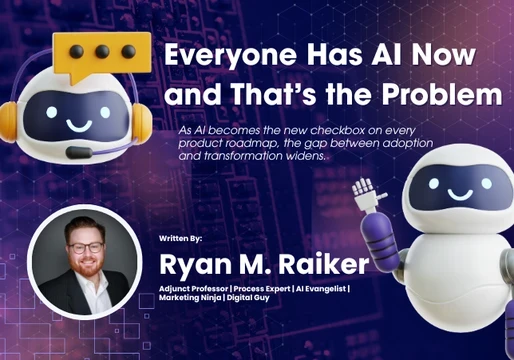Have you ever looked at data and just thought, huh? Probably – it happens to everyone! With data at the forefront of many business initiatives today, it's quite the annoyance if it's difficult to understand. Furthermore, trends such as data democratisation (which aims to make data available to everyone in the enterprise) can be tricky to achieve when most of your organisation is not data fluent. With data now the responsibility of the whole company, how can they work with it if they can't understand it? Cue natural language generation (NLG). This refers to the use of artificial intelligence to produce written or spoken text from a data set. In particular, NLG transforms data from gobbledygook to clear analyses, supporting any visual aids and dashboards that often come with business intelligence platforms.

The impact of NLG
The combination of visual and written analysis makes a clearer, more comprehensive story for the end-user. More specifically, it strips away the ambiguity from visual aids by reinforcing the findings with written word. However, the capabilities of NLG span further than just creating content from data. It can also produce data analysis reports, personalised communication with customers, product descriptions, IoT maintenance reports, and more. Although many of us can quickly spot when we're interacting with a bot rather than human agent, the more sophisticated NLG software can produce content so human-like that you may never suspect it. However, it works at speeds that humans never could (no one that I know, anyway). In fact, NLG software can produce thousands of pages per second. NLG is still very much in its advent, so we're probably not going to experience any widespread robojournalism this year (thankfully, or I'll be out of a job). In the meantime, it's exciting to watch NLG and natural language processing mature. Of course, that's not forgetting natural language understanding, but that's a conversation to have another day.
Why not check out the top 10 tech organisations for women to work?







Comments ( 0 )